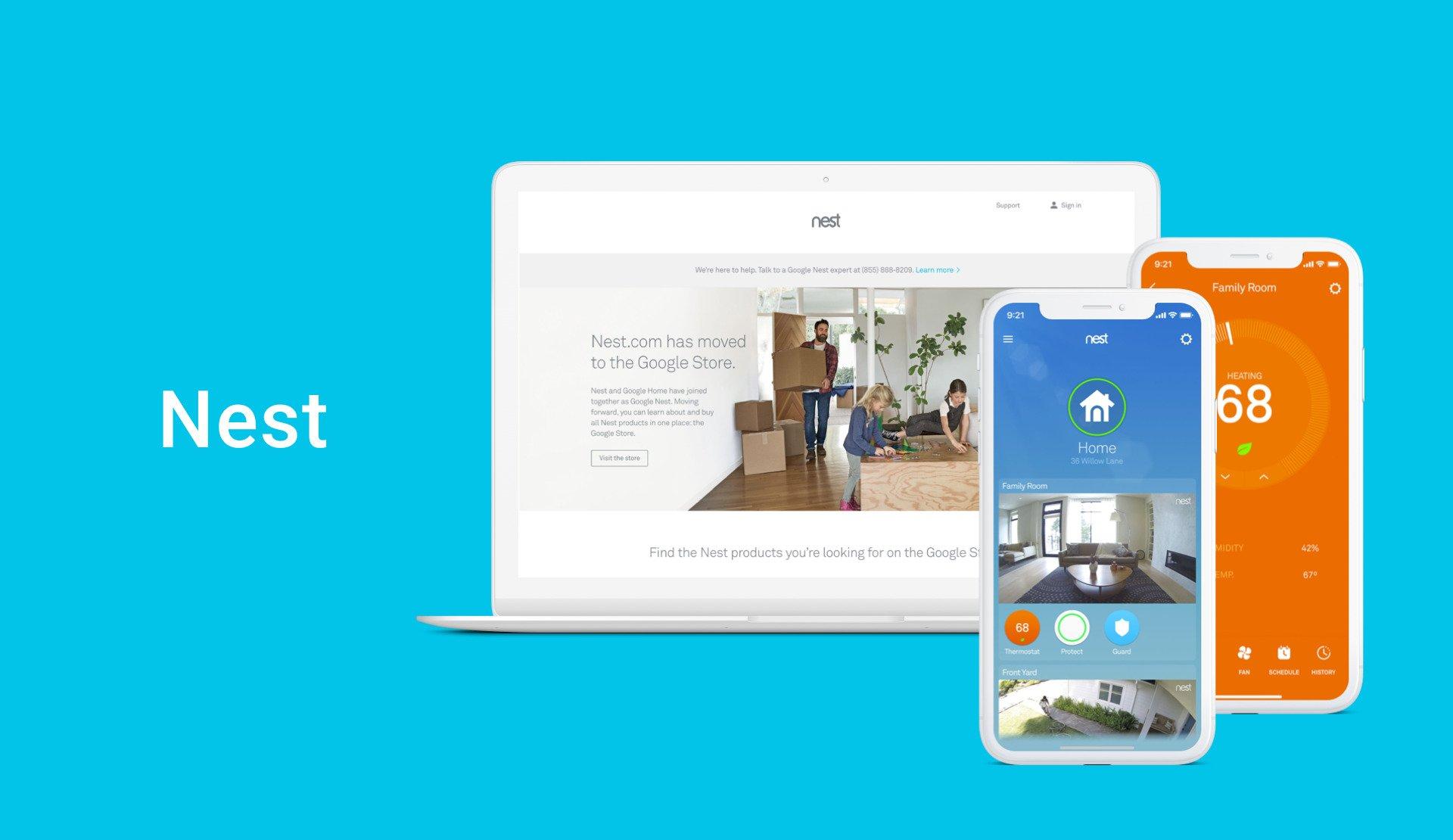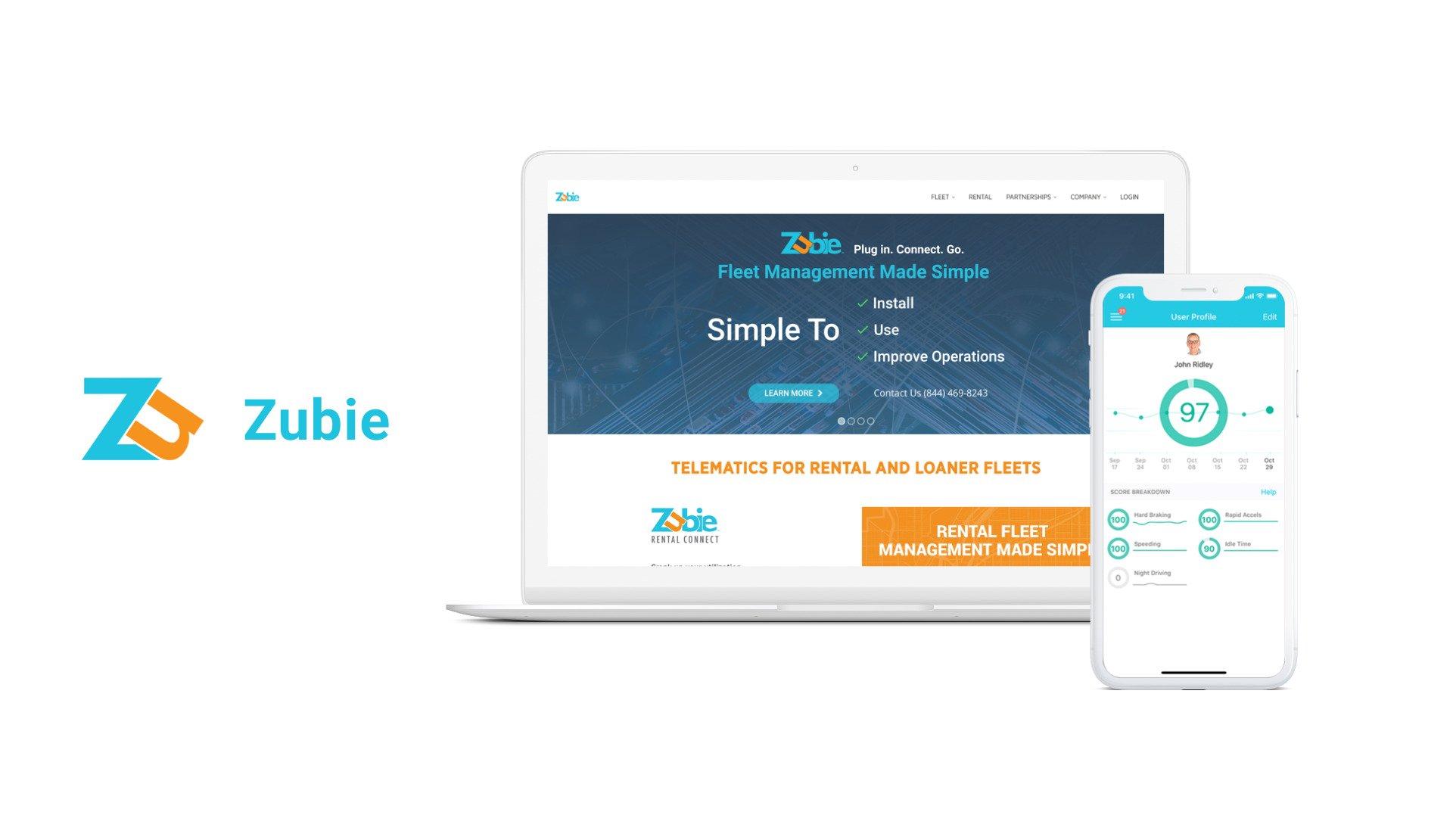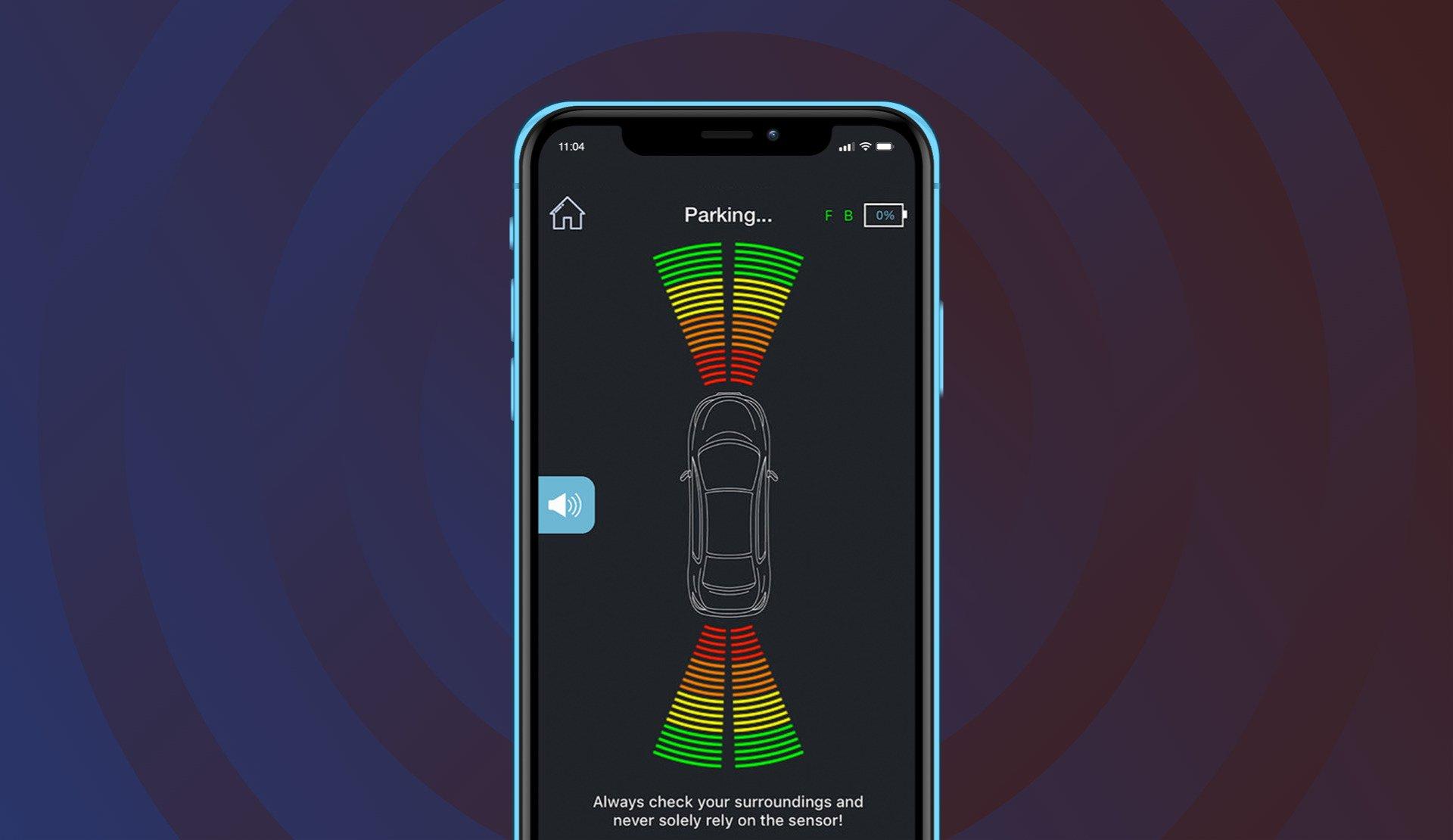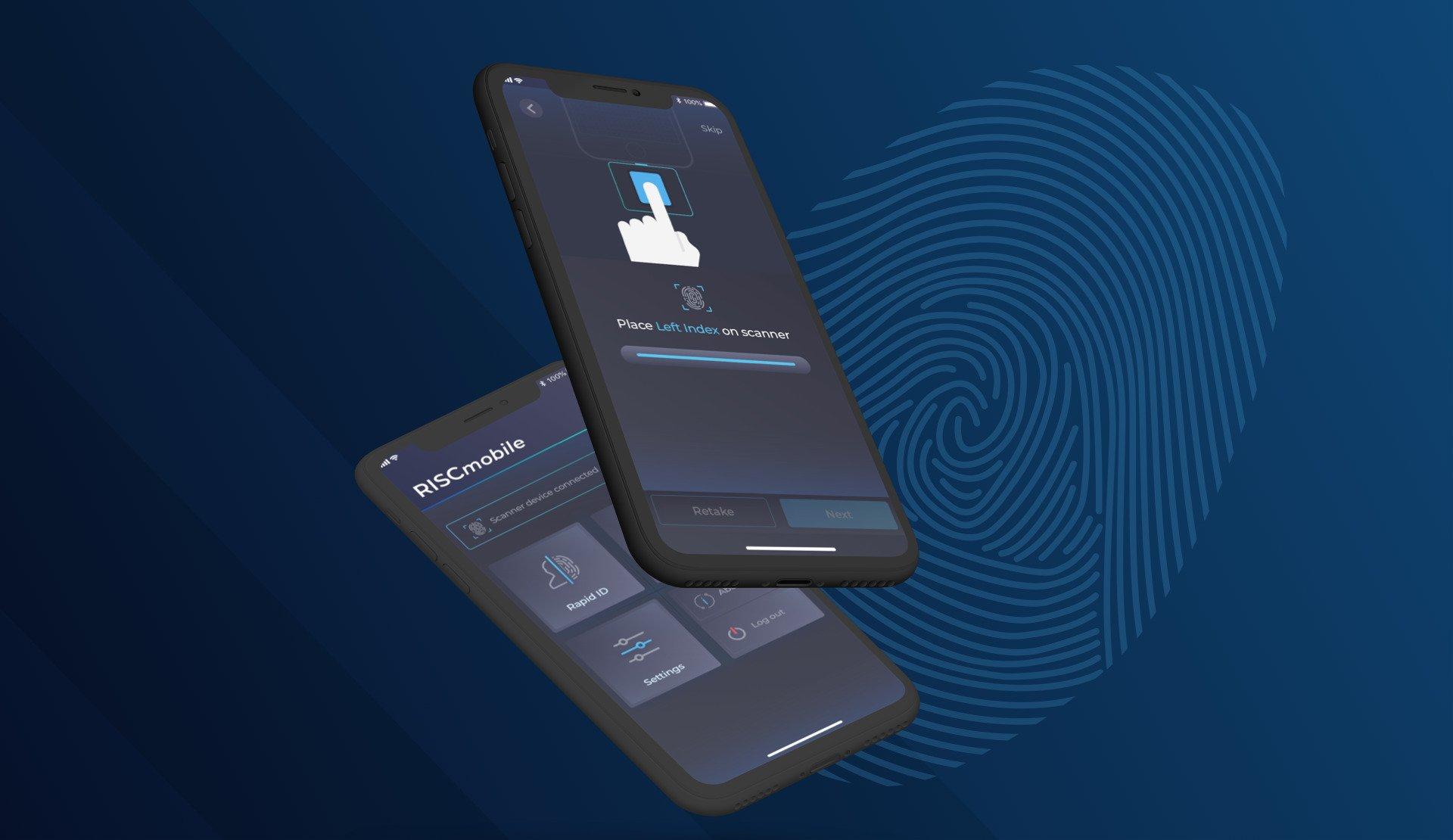How to Build an IoT Application: Top Niches, Cases, Tools and Step-by-step Guide

Our lives are filled with technology. In fact, there are more than 30 billion various smart devices connected to the internet as of 2020. This number doesn’t just include phones and computers; there is everything from wearables to smart home elements.
The latter comprise a tech category that exploded in popularity recently, IoT (Internet of Things). Basically, it is a system of devices, which are connected physically or via the internet and interlinked in some way.
IoT has been applied in many industries, from fitness to agriculture, as well as in our daily lives. The phenomenon has helped with simplifying automation, too, so its usefulness for enterprises can’t be undervalued.
Besides hardware, the Internet of Things systems need apps to operate the devices themselves. As developing your own IoT application can be rather complicated, it’s critical to prepare for the process. Another option would be to hire a professional team for creating such an app.
We’ve compiled this article to provide everyone interested in IoT development with essential information about it. Keep reading to find out more about the Internet of Things niches, tools, tips, and more.
3 Things You Should Know About IoT App Development
1. The IoT market is expected to reach a value of over $1 trillion in the near future.
The accelerated adoption of AI and 5G is a big factor in the global IoT market growth, which is expected to reach $1,102.6 billion by 2026 at a CAGR of 24.7%. With the increasing popularity of cloud-based solutions, the IoT technology has a chance to expand even more.
Industry leaders like Microsoft and Cisco are launching new IoT products, performing mergers and acquisitions, and trying to expand their market share in other ways. Despite that, SMBs also have a lot of appealing openings on the IoT market.
In terms of regional IoT adoption, Asia Pacific is the dominating high-growth market right now. North America is another promising location foreseen to grow substantially in the near future. Finally, LAMEA (Latin America, Middle East, and Africa) is adopting emerging technology at an increasing speed and contributing to IoT market opportunities, too.
2. Hardware matters a lot.
Even though any Internet of Things system requires software to operate it, the hardware still lies at the core of IoT. For this reason, fast and reliable device connectivity is the priority for IoT app development.
The best results are usually achieved with custom hardware solutions. Nevertheless, it’s not always possible to build an IoT application as well as the device(s) from scratch.
In such a case, choosing high-quality third-party hardware is the way to go. A well-built and tested app combined with solid machinery make a perfect IoT duo. Also, continuous over-the-air updating help the system work properly and stay relevant.
3. Open source development is the future of IoT.
The increasing popularity of the Internet of Things will likely lead to development software being shared more openly for app creators to work with.
Open sourcing is a great opportunity for companies and/or individuals to collaborate and deliver better IoT solutions. Such a strategy will be a new normal and can boost the Internet of Things market even more.
IoT in Mobile App Development
As you can see, the demand for the Internet of Things systems and applications is extremely high at the moment. To make app for IoT that will work properly and be successful among users, you should remember a few points.
The basic Internet of Things system would be based on a model provided below.

So, to create IoT applications, you’ll need to have all the necessary system elements on hand, like hardware, storage solution, and the app itself.
You may choose to connect the devices wirelessly (via Wifi or Bluetooth) or use USB. Also, the design of IoT software should be created with the end-user in mind, as homeowners and factory staff will need totally different app features.
Security must be mentioned when discussing how to create an IoT app. As massive amounts of data are transmitted through such a system, reliable storage and other supplementary solutions are required.
These are just some of the things to keep in mind, and we’ll discuss the Internet of Things development later in the article.
Top IoT Niches to Build Your Own IoT Application
Although IoT is currently applied in a wide range of industries, here are several prominent niches to look out for.

Healthcare and Fitness
Health and wellness industries have progressed significantly because of IoT. Various devices, from microscopic sensors to wearables, can track anything from heart rate to activity and allow users to take better care of themselves. We previously have written an article on how to build a fitness app. Check it out.
Fitness and healthcare Internet of Things hardware also may include appliances like scales and be integrated with smart home systems.
Automotive
These days, you can link your smartphone to your vehicle without any problems. But the capabilities of such a connection may go far beyond with IoT.
When extra devices and sensors are added to the car, the owner can do anything from assessing its technical components to parking it effortlessly. To learn more, we recommend reading the article about how to build a parking app.
Retail
Internet of Things presents retailers with an amazing opportunity to improve customer experience. Data collected from an IoT system can help companies analyze client behavior and optimize their store journey, as well as organize warehouses, and more.
Self-checkout is also getting very popular. After buyers pay for the selected goods, sensors let them leave the store, making the shopping trip much quicker.
Smart Homes (and Cities)
Smart homes have revolutionized the day-to-day life of a modern human. IoT made controlling everything, from lighting to security systems, possible just from the owner’s phone.
The same rule of thumb applies to smart cities – however, at a much bigger scale. Here, the Internet of Things technology lets the authorities automate and successfully manage the local infrastructure.
Specialized Use
The list of IoT niches can be rather long, and new areas of use are constantly discovered. Some more specialized Internet of Things applications would be in:
- Agriculture: farmers can operate their facilities and automate various processes;
- Manufacturing: machinery is updated with IoT sensors for improving production;
- Banking: IoT cloud-based solutions help keep track of financial operations easily yet securely.
Top 3 Most Successful Internet of Things Mobile Apps
FitBit

Fitbit is one of the most renowned health and wellness IoT devices. The company offers smart wristbands and watches that allow users to track their activity, nutrition, sleep, and more.
The Fitbit device is synchronized with an app that processes and displays all the received data. It provides customers with a breakdown of their steps, floors climbed, calories burned, etc. The hardware and software combo makes anything from losing weight to improving sleeping schedule simpler and more engaging.
Nest

Nest is Google’s smart home system. It offers an extensive range of components, including thermostats, locks, cameras, alarms. All those elements are connected as an IoT system and managed from one app on the owner’s phone.
The devices are smart in a different way, too. The thermostat, for example, analyzes temperature preferences and makes automatic adjustments for energy saving.
The company used to offer developers with an API and full documentation for third party integration but has since retired this option.
Zubie

Zubie is a fleet management system for car rental companies and dealerships. After the devices are installed into the automobiles, the user can track location, driver behavior, vehicle health, trip tagging, and more.
Zubie device just plugs into the car, making the installation process easy and quick. The organization works on a subscription-based model. Besides the current fleet data, users can access up to a year’s history of trip details, geofence alerts, point-of-interest reporting, and dispatch.
Pros and Cons of Ready-made Solutions for Developing Your Own IoT Application
As building IoT applications requires a lot of effort and expertise, ready-made solutions are quite popular. While it may seem like a great way to simplify the development process, there are both benefits and drawbacks to using such platforms.
Pros:
- The solution is easily implemented and reliable;
- The platform vendor is responsible for the development;
- Less staff required to operate the solution;
- Fewer challenges and lower risks.
Cons:
- Higher costs;
- Not every platform will have the required functionality;
- Lack of customization;
- Some features may not be of use in certain cases.
Top 4 Tools to Develop an IoT Application
Google Cloud IoT
Google’s IoT solution is based on its end-to-end Google Cloud Platform. This is one of the best Internet of Things tools up to date. The main elements of the system include:
- Cloud IoT Core (capturing and handling the device data);
- Cloud Pub/Sub (assimilating event streams for real-time analytics);
- Google BigQuery (ad hoc analysis);
- Cloud Machine Learning Engine;
- Google Data Studio (data visualization for reports and dashboards);
- Cloud Functions (serverless environment to trigger automatic changes, as well as build and connect other services).
Cisco IoT Cloud Connect
Cisco IoT Cloud Connect is a mobility-cloud-based software suite, and it’s one of the best Internet of Things platforms. It provides optimization capabilities, real-time visibility, and frequent updates. Key functions of the solution:
- Customizable billing and reporting;
- SIM lifecycle management;
- IP session control;
- Voice and data connectivity.
AWS IoT
AWS IoT is a well-known cloud-based solution, which has been initially created by Amazon for its own use. Due to its agnostic protocols and cloud architecture, the platform is suitable for many Internet of Things systems. Core features:
- Flexibility and adaptability;
- Excellent data exchange and file hosting functionality;
- Message support and AWS endpoint routing;
- Increased security (DSS, FISMA, HIPAA compliance, and more).
Azure IoT Suite
Azure IoT Suite is Microsoft’s Internet of Things toolkit. Its popularity is well-deserved due to the simple implementation and extensive features the platform offers. Highlights of the solution:
- Easy integration of devices;
- Secure and scalable storage bank access;
- Stream analytics;
- Device-to-cloud and cloud-to-device messaging;
- Azure Web Apps Microsoft Power BI.
How to Create an IoT App?
- Choose the platform
- Select the hardware
- Decide on data storage
- Develop the algorithm and the application
- Ensure the highest level of security
If you decide to create an IoT app, the application itself doesn’t come first. The initial stage would include picking the Internet of Things platform and appropriate hardware, whether custom or ready-made.
When you’re done with the first step, you’ll have a better idea of what the future system will be like. Based on that, it’s also necessary to choose the data storage solution. This part of IoT is just as important as the devices themselves, as the model relies on the transmitted information to function properly.
Now its finally time to build an IoT app. Here, most of the steps will be quite familiar: UI/UX design; web and mobile development; QA. Based on your target audience and the application concept, different tools will suit the process the best.
Finally, don’t forget about data privacy and security. Due to the fact Internet of Things systems are usually dealing with sensitive information and directly affect the safety of individuals and organizations, security measures must be implemented in an IoT app. Further software updates are also helpful here, as they can integrate new, improved privacy protocols.
Our Experience in IoT App Development
Fensens

Fensens is an example of how IoT can make your everyday life easier. The hardware for this system is a special parking sensor frame that is installed on a car and is connected to your mobile device.
We’ve made both Android and iOS apps, and these provide users with visual, sound, and vibration alerts while parking. It’s also possible to set up custom notifications and keep track of the sensor’s battery level right from the application. For increased convenience, we’ve added a voice app activation feature and a quick launch button.
Since it came out, the Fensens IoT system has been featured by renowned publications like The Verge and CNET.
RISCMobile

IoT can also benefit professionals from various spheres, even the FBI. RISCMobile is a system, which lets customers link a fingerprint scanner right to a mobile device for fast data processing.
Such sensitive information as fingerprint scans has to be thoroughly protected, so we used the best security measures to make the app safe for qualified use. The biometric tool is connected to a phone or tablet via USB. Then, it’s synchronized with an iOS or Android app (we developed both using React Native).
This simple setup is easy to use and takes up minimum space while still providing the functionality of a proper biometric scanner. FBI workers can use RISCMobile to get information on a fingerprint owner in seconds.
How Much Does It Cost?
It’s crucial to remember that IoT app development would only comprise a part of the cost when creating a full Internet of Things system. The other defining factors would be:
- hardware;
- ready-made solution (if used);
- third-party services (e. g. data storage).
The developer’s rate also affects the price tag. An app that will set you back over $100,000 if created by a Western European or North American company. However, it can cost twice less when built by an Eastern European team, yet the quality will be the same if not higher.
Conclusion
The desire to automate every possible process and the need to optimize worker engagement are some of the trends influencing the Internet of Things’ popularity. We’ll likely see the presence of IoT increase at an impressive speed in the coming years.
Those who haven’t experienced the influence of this emerging technology won’t have to wait for a long time. The Internet of Things is likely to be an integral part of our lives very soon. For this reason, it’s just the right time to seize the opportunity and enter the market with your own IoT app.
If you have more questions on how to develop IoT apps, we’d love to answer them. Our team has plenty of experience of building IoT applications, so feel free to use the contact form below and drop us a line!
Contact Us






